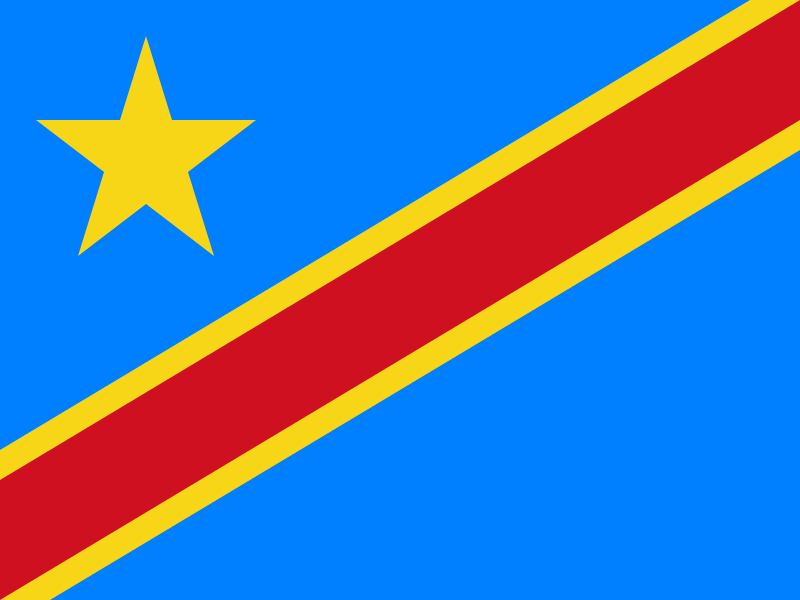
BUNIA, Congo — The assailants attacked under cover of darkness, slaughtering Nguli Nzafi ‘s wife and three children with machetes and arrows.
The 71-year-old, who also lost all 40 of his cattle in the violence, was forced to flee on foot some 90 kilometres (56 miles) to safety in the town of Bunia.
“I have lost everything because I no longer have my wife nor my children,” he says. “I cannot eat nor sleep. I’m afraid that this fighting is as bad as the war in 1996-2002.”
Violence between Nzafi’s Hema community and the Lendu ethnic group in Congo’s northeast has now killed at least 150 people and has forced more than 32,000 people to flee to Bunia, where humanitarian assistance is strained and the suffering are eager for improved conditions.
Another 28,000 have also fled into Uganda, according to the U.N. Office for the Coordination of Humanitarian Affairs.
There is a long history of tensions between the Lendu and Hema groups, whose ongoing battles since 1999 already have killed thousands and led the U.N. to deploy a peacekeeping force in the area. Much of it is rooted in economic tensions over land, as the Lendu historically have been farmers on stationery plots of land while the Hema have raised animals and moved throughout the year to good grazing areas.
Once those disputes erupted into violence, the cycle of tit-for-tat attacks caused a mounting death toll.
The instability here in Ituri province presents yet another challenge for the Congolese military and U.N. peacekeeping force who are already grappling with the threats posed by rebel groups, and with ongoing unrest in the Kasai provinces.
The latest round of fighting began in December, Djugu deputy administrator Willy Maese told The Associated Press.
“The Lendu had asked the Hema to give them part of their crops. Following their refusals, the Lendu launched attacks directly on the Hemas,” he said.
Despite a reprieve when authorities came, fighting intensified in February leading to a wave of displacements, he said.
Kpadyu Londri, a 26-year-old from Djugu, said the Lendu came to steal cows and ravage fields. They killed his five brothers and a woman, he said.
He has found safety in Bunia, 75 kilometres (47 miles) from his home village, but he said conditions are bad.
“There are no tents so the rain falls on us, no beds, blankets … we have already lost seven displaced (people), who have died as a result of starvation and dirty hands disease,” he said, referring to outbreaks of cholera.
Beatrice Ngave, 23, lost her daughter to malaria. She called on international organizations to build more latrines and accommodations to prevent the spread of cholera and other diseases. Right now, she said, the camp has only two latrines.
Last week, youths in Bunia invaded the office of the governor of the Ituri province, with sticks and machetes, demanding the government to take action, said youth leader Joseph Tibasima.
Celestin Tawara Angaika, the president of the Lendu community in Bunia, last week asked the Congolese government for the protection of its members.
Congo’s Deputy Prime Minister of Interior Security Henri Mova Sakanyi has promised “to strengthen the presence of the Congolese army and the police” in the Djugu and Blukwa villages.